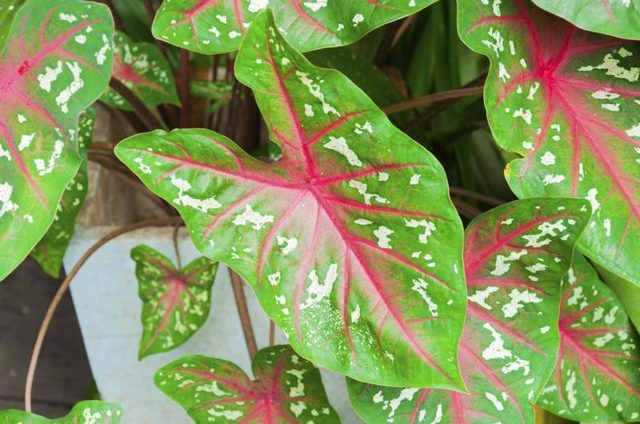Bulbs
Flower Basics
Flower Beds & Specialty Gardens
Flower Garden
Garden Furniture
Garden Gnomes
Garden Seeds
Garden Sheds
Garden Statues
Garden Tools & Supplies
Gardening Basics
Green & Organic
Groundcovers & Vines
Growing Annuals
Growing Basil
Growing Beans
Growing Berries
Growing Blueberries
Growing Cactus
Growing Corn
Growing Cotton
Growing Edibles
Growing Flowers
Growing Garlic
Growing Grapes
Growing Grass
Growing Herbs
Growing Jasmine
Growing Mint
Growing Mushrooms
Orchids
Growing Peanuts
Growing Perennials
Growing Plants
Growing Rosemary
Growing Roses
Growing Strawberries
Growing Sunflowers
Growing Thyme
Growing Tomatoes
Growing Tulips
Growing Vegetables
Herb Basics
Herb Garden
Indoor Growing
Landscaping Basics
Landscaping Patios
Landscaping Plants
Landscaping Shrubs
Landscaping Trees
Landscaping Walks & Pathways
Lawn Basics
Lawn Maintenance
Lawn Mowers
Lawn Ornaments
Lawn Planting
Lawn Tools
Outdoor Growing
Overall Landscape Planning
Pests, Weeds & Problems
Plant Basics
Rock Garden
Rose Garden
Shrubs
Soil
Specialty Gardens
Trees
Vegetable Garden
Yard Maintenance
Can Caladiums Be Indoor Plants?
Can Caladiums Be Indoor Plants?. Growing from 1 to 2 feet tall with large arrowhead-shaped leaves painted in bright hues, fancy leafed caladiums (Caladium x hortulanum or bicolor) -- hardy only in U.S. Department of Agriculture plant hardiness zones 10 through 12 -- make showy container plants. You can grow them as houseplants, but only from...

Growing from 1 to 2 feet tall with large arrowhead-shaped leaves painted in bright hues, fancy leafed caladiums (Caladium x hortulanum or bicolor) -- hardy only in U.S. Department of Agriculture plant hardiness zones 10 through 12 -- make showy container plants. You can grow them as houseplants, but only from mid-spring to mid-autumn, because the plants require a resting period during winter. These plants are toxic, so keep them out of the reach of young children and pets.
Light and Heat
Caladium leaves burn if subjected to too much direct sunlight, so position them where they receive bright indirect light or sunlight for only part of the day. They prefer normal household temperatures between 65 and 75 degrees Fahrenheit.
Water and Humidity
After your caladiums' tubers sprout in spring, it's important to keep the plantsí soil moist at all times to prevent their relapsing into dormancy again. Moist doesn't mean soggy, however -- too much water may cause the tubers to rot.
Provide the plants as much humidity as possible by placing them in a bathroom or near a sink, grouping them with other plants, misting them once a day with rainwater or distilled water and/or setting their pots atop humidity trays. Do not attempt to clean their leaves with a cloth, because those leaves are thin and easily damaged.
Soil and Fertilizer
Give the plants a high-quality all-purpose potting soil, and feed them once every two weeks during spring and summer with about 14 drops of a liquid 10-10-10 plant food per 1 quart of water. Stop feeding them at the end of the summer to prepare them for their drop into dormancy.
Dormancy and Regrowth
The leaves on the caladiums will begin to shrivel at some point in autumn, probably in October. At that point, you can stop watering the plants and allow them to die back to their tubers. Place the pots in a cool, dark closet or basement where the temperature remains between 60 and 65 degrees F during late autumn and winter. If you prefer, you can remove the tubers from the pots and store them in a paper bag instead.
In early spring, bring the tubers out of the closet, and repot them in fresh potting soil. Give each one a pot about 5 inches in diameter and 6 inches deep that has drainage holes in the bottom, bury each tuber under 1 inch of soil and water that soil well. The tubers may be slow to sprout. Once they do, resume feeding the plants as before.